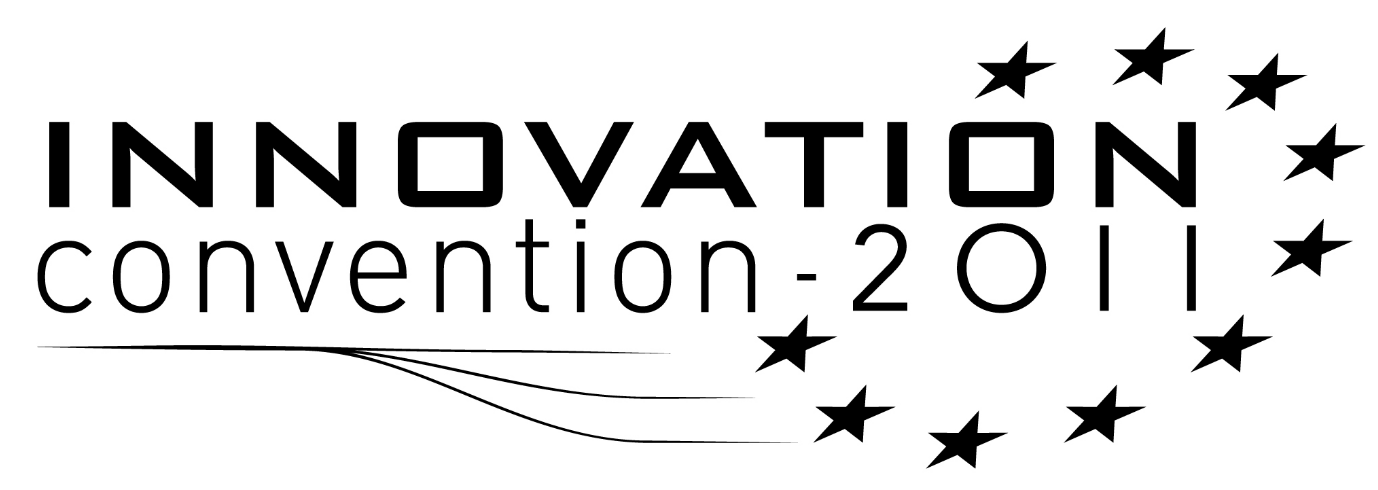Recently I was having a ‘conversation’ with Alexander Osterwalder concerning the limited adoption of the Business Model Canvas within large organizations. I was asking him if he agreed and if he had any thoughts on this.
Now if you know Alex, he is either jetting off to somewhere in the world to keep spreading his Business Model gospel, or about to get immersed in his next idea associated with it, so these conversations are grabbing him through twitter or short email exchanges.
Short and sweet
 ”Excellent! One thing I’ve seen: once the Canvas is in an org it spreads organically, virally without my intervention… interesting research topic!”
”Excellent! One thing I’ve seen: once the Canvas is in an org it spreads organically, virally without my intervention… interesting research topic!”
Those of you in the business world that have either been hiding under a rock recently or obviously as it seems, in a number of larger organizations, the Business model canvas comes from the pioneering work Alex did for his PhD.
This was published not just in his thesis but in a bestselling book, as lead author, called ‘Business Model Generation” http://amzn.to/uY9U4b. Also take a look at his site : http://bit.ly/m4DNC1
The books claim of “You’re holding a handbook for visionaries, game changers and challengers striving to defy outmoded business models, and design tomorrow’s enterprise” on the cover, it sets itself up for the imaginative person striving to alter the status quo within their business.
